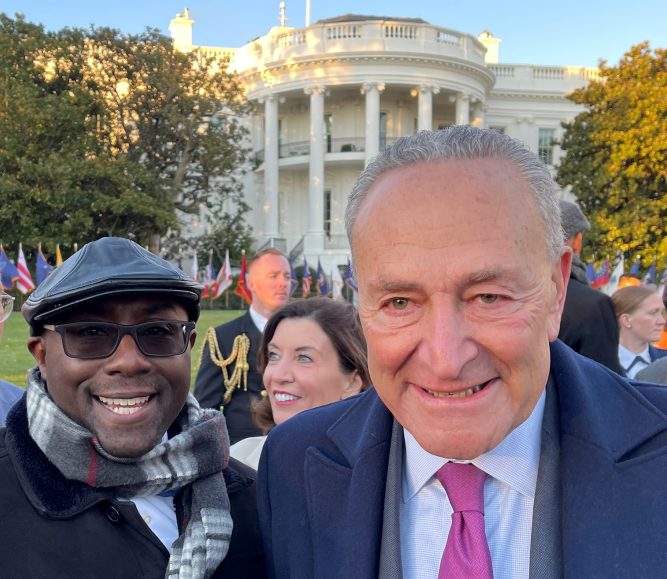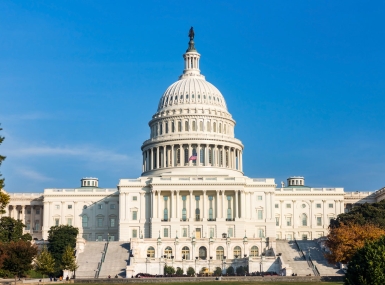Former mayor, presidential candidate Pete Buttigieg confirmed as next U.S. Transportation Secretary
Upcoming Events
Related News

Key Takeaways
On February 2, the U.S. Senate confirmed the Hon. Pete Buttigieg to serve as the 19th Secretary of the powerful U.S. Department of Transportation (DOT) in an 86-13 vote. Buttigieg replaces Acting Secretary Steven Bradbury, who stepped in after the previous secretary, Hon. Elaine Chao, resigned on January 11. Secretary Buttigieg will face a busy year with a president and Congress who have repeatedly called for a big, bold infrastructure package, the looming expiration of the surface transportation law on September 30, 2021 and how to enforce President Biden’s mask mandate that went into effect this week.
Prior to his confirmation, Secretary Buttigieg met with NACo’s Transportation Policy Steering Committee leadership, as well as other NACo members from around the country, to discuss the challenges and opportunities of America’s transportation systems. During the meeting, Buttigieg highlighted the Biden administration’s transportation priorities, which include increasing investments in infrastructure to both create jobs and stimulate the economy, upgrading the nation’s roads and bridges and building the necessary rail and transit infrastructure to meet future needs. Buttigieg also mentioned his intention, in alignment with the goals of President Biden, to focus on combatting climate change and increasing the resiliency of our nation’s transportation and infrastructure assets.
Counties play a critical role in our nation’s transportation and infrastructure network, owning 45 percent of public roads and 38 percent of our nation’s bridges – more than any other public entity – while also directly supporting 78 percent of public transit systems and a third of America’s public airports. Counties have already engaged the Biden Administration on our transportation priorities and look forward to working with Secretary Buttigieg and his team to continue underscoring the importance of the intergovernmental partnership in transportation and the need for direct and consistent federal funding streams for locally owned infrastructure.
County News
President signs bipartisan Infrastructure Investment and Jobs Act

Related News

U.S. House of Representatives passes SPEED Act and other permitting reform bills
On December 18, the U.S. House of Representatives passed the SPEED Act (H.R. 4776). The SPEED Act would strengthen county involvement in decision-making and make needed commonsense reforms to the federal environmental review process.

Counties and Railroads: Shared Priorities for the Next Surface Transportation Bill
County leaders from across the country have a vital opportunity to ensure their infrastructure priorities are front and center.

House lawmakers introduce bipartisan legislation to support World Cup local transportation needs
On December 2, U.S. Reps. Rick Larsen (D-Wash.-02) and Burgess Owens (R-Utah-04) introduced the Transportation Assistance for Olympic and World Cup Cities Act (H.R.6348), a bipartisan effort to strengthen local transportation systems in communities preparing to host major international sporting events